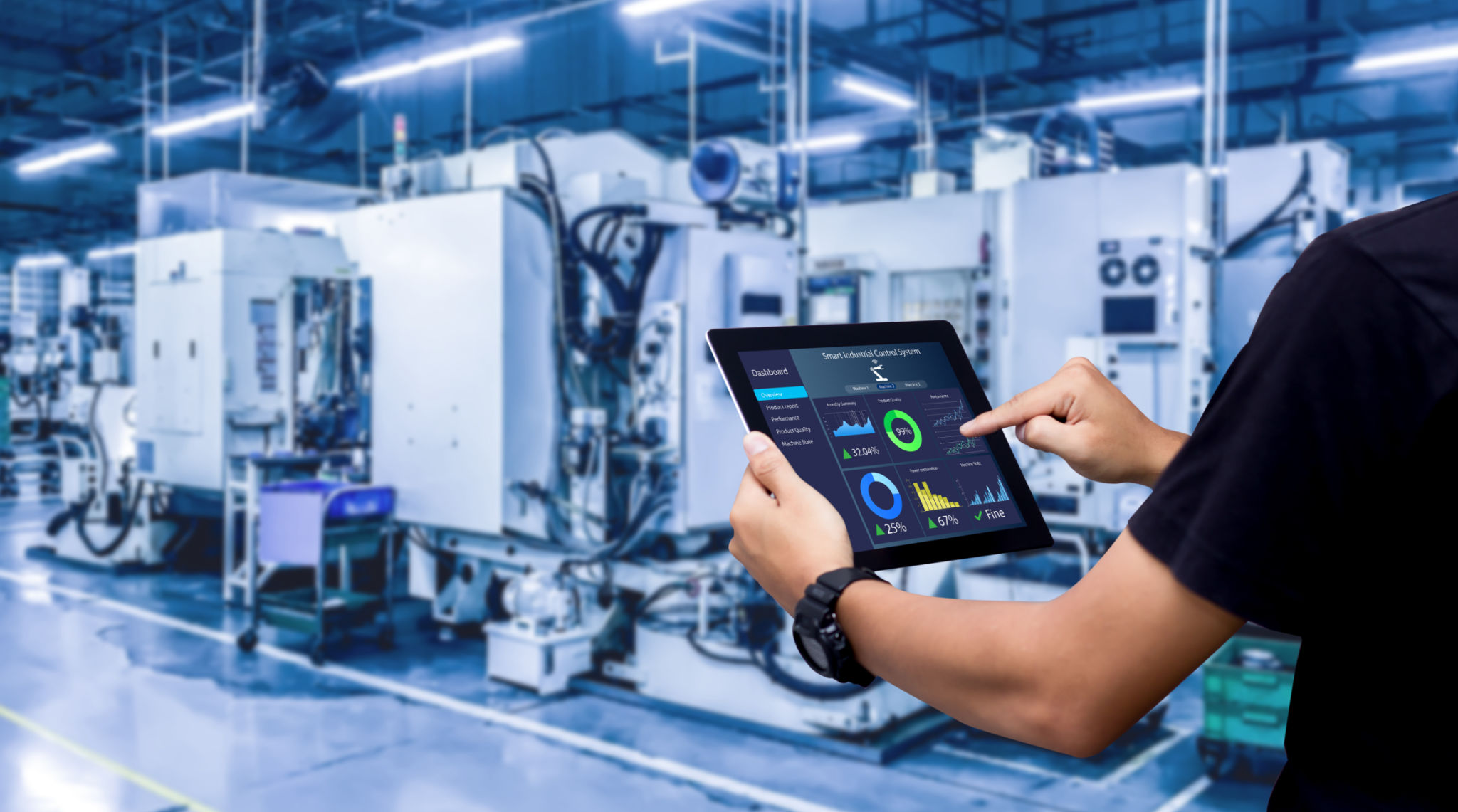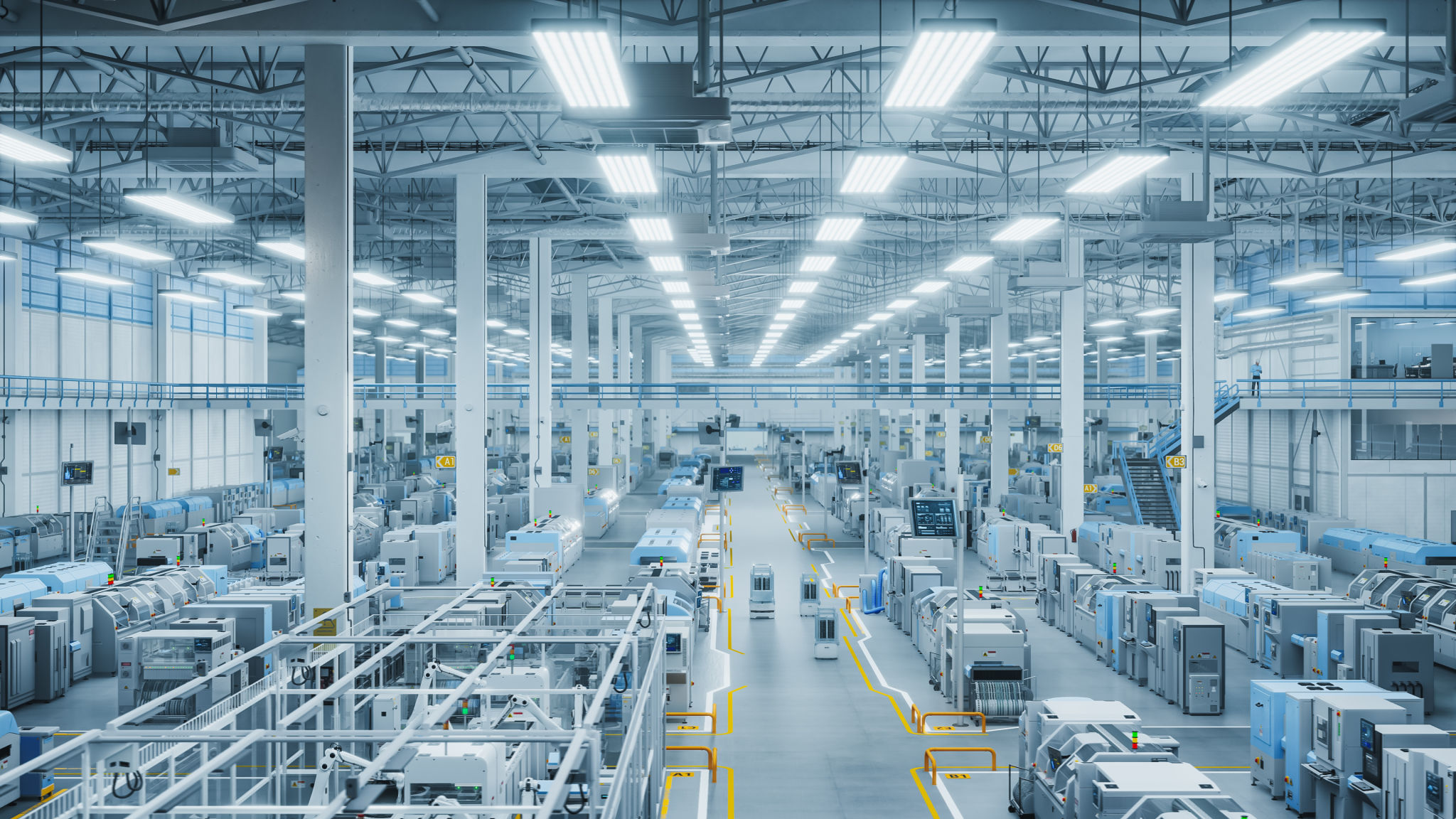Design for Manufacturing: Essential Tips for Optimizing Product Appearance
Understanding Design for Manufacturing (DFM)
Design for Manufacturing (DFM) is a crucial aspect of product development that focuses on designing products that are easy to manufacture while maintaining high quality and functionality. This approach not only streamlines production but also reduces costs and improves the overall appearance of the product. A well-optimized design can significantly impact a product's market success, making it essential for designers and engineers to prioritize DFM from the outset.

The Role of Aesthetics in Product Design
While functionality and cost-effectiveness are key considerations in DFM, the aesthetic appeal of a product is equally important. A visually appealing product can attract more customers and enhance brand reputation. Designers need to balance technical specifications with design elements such as color, shape, and texture to create a product that not only meets manufacturing requirements but also captivates consumers.
Key Tips for Optimizing Product Appearance
Collaborate with Manufacturers Early
One of the most effective ways to optimize product appearance is to collaborate with manufacturers early in the design process. Engaging with manufacturers helps designers understand the limitations and possibilities of different manufacturing processes. This collaboration can lead to innovative solutions that enhance both the functionality and aesthetics of the product.

Select the Right Materials
The choice of materials has a significant impact on the appearance and manufacturability of a product. Selecting materials that are easy to work with and offer the desired aesthetic qualities is crucial. Consider factors such as texture, color, and finish when choosing materials, as these elements can greatly influence the final look of the product.
Optimize Design for Minimal Assembly
Minimizing the number of components and simplifying assembly processes can enhance both the appearance and manufacturability of a product. Fewer parts often mean fewer seams and joints, leading to a cleaner, more polished look. Additionally, simplifying assembly can reduce production time and costs, allowing for more investment in aesthetic enhancements.

Embracing Technology for Enhanced Design
Utilize CAD Software
Computer-Aided Design (CAD) software is an invaluable tool for optimizing product appearance. CAD allows designers to create detailed 3D models, providing a comprehensive view of how different design choices impact the final product. This technology enables rapid prototyping and iterative design, ensuring that aesthetic elements are refined before production begins.
Incorporate Additive Manufacturing
Additive manufacturing, commonly known as 3D printing, offers unique opportunities to enhance product appearance. It allows for complex geometries and intricate details that may be difficult to achieve with traditional manufacturing methods. Integrating additive manufacturing into the design process can lead to innovative products with striking visual appeal.
Conclusion: Balancing Aesthetics and Functionality
Design for Manufacturing is a delicate balance between optimizing functionality, reducing costs, and enhancing product appearance. By collaborating with manufacturers, selecting appropriate materials, minimizing assembly complexity, and utilizing advanced technologies like CAD software and 3D printing, designers can create products that are both aesthetically pleasing and easy to manufacture. Achieving this balance is essential for delivering successful products that stand out in competitive markets.